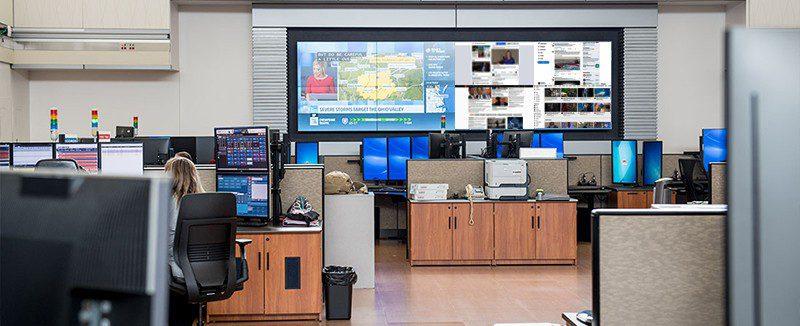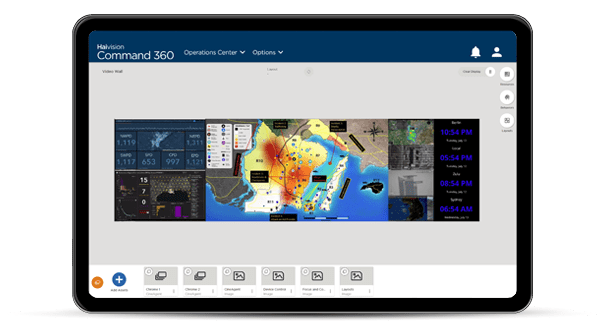Never have emergency managers had such immediate and broad access to critical information concerning real-time events. Operators can monitor popular social media platforms, constantly updated news channels, and community networking sites in order to “crowdsource” information from the affected community. The most popular social media platforms like Facebook, YouTube, WhatsApp, and Messenger are particularly relevant crowdsourcing platforms. These and other widely used services, like Twitter and Instagram, allow municipal, state, and federal agencies to quickly share updates with impacted communities.
Disasters within the last 10 years highlight the degree to which survivors, witnesses, and responders use social media to communicate. Critical info such as individuals’ locations, statuses, medical needs, and more are utilized with impressive positive results. In fact, the Department of Homeland Security captured innovative uses of social media in several specific case studies, including Hurricane Isaac, the Christchurch, New Zealand earthquake, and the Port-au-Prince earthquake in Haiti.
Individuals have long relied on critical updates from family, friends, media, and public services on personal devices. Emergency Operation Centers (EOCs) find community postings equally critical for their missions. With the aid of video wall technology operators stream pertinent websites on a large scale to their teams.
Dynamic Content Control of Critical Information
Since traditional video walls operate with limited input options and sluggish processing speeds, streaming web applications can be painfully slow. The Haivision CineAgent server addresses this problem. It allows you to stream up to four concurrent websites to your video wall simultaneously. It can also be used to stream a local application as well. A dedicated application server provides fast, direct display of custom emergency ops applications. It typically represents a significant drain on video rendering power. CineAgents are compact and rack-mountable, so multiple servers provide much needed processing power for critical web info and custom software streaming. These devices are perfect for giving operators the ability to stream increasingly important crowdsourcing platforms.

Advanced Processing Meets Real-Time Streaming
An EOC equipped with an Alpha FX processor and just two CineAgents can easily display numerous traffic cameras, local media channels, radar/weather maps, a region’s top four crowdsourcing sites, a locally installed emergency response application, and more simultaneously. Haivision’s Alpha FX processors integrate seamlessly with CineAgent’s web streaming capability and CineNet content control platform. This powerful platform allows users to easily move, replace, and resize content with nearly instantaneous refresh. Users can control assets and active websites through live preview as effortlessly as on their desktop PC.

This robust functionality supports what public safety and emergency managers need most: a global common operating picture (GCOP) of important incident data. A GCOP provides access to the latest community information and updates as events unfold. Information is gathered as quickly as it’s shared. In addition to the primary video wall system, data can be viewed on almost any device, from locations outside of the operating center.
Social media doesn’t always get good press. However, in the world of emergency operations, or any field where situational awareness is important, crowdsourcing of real-time critical information flattens the curve. It broadens the network between emergency managers and the communities they serve. With just a few “crowdsourcing platforms” streaming instant updates, agencies can reach a wider audience to send and receive emergency alerts for immediate action. By monitoring trends and conversations tagged for developing situations, responders can plan preventative action to mitigate harm or evacuate volatile locations. From conversation to collaboration, advanced visualization technology, such as our CineAgent and Alpha FX processors, help incident responders keep pace with those they serve.
